Fern Forest Nature Center, a Broward County Park, is a 244-acre wilderness preserve located in Coconut Creek. Ground hiking trails, as well as an elevated boardwalk, will lead you through a cypress/maple swamp, tropical hardwood hammock, pine/palm/oak hammock, and dry prairie. Fern Forest has over 30 different species of ferns that can be found throughout the property.
From 1870 to 1906, the Cypress Creek area was used for farming. Crops included pineapples, tomatoes, beans, and peppers. As part of a larger plan to drain the Everglades for farming, Governor Broward created a drainage plan for Cypress Creek in 1909. By 1930, a canal was completed, dairies were established, and logging and mill operations had begun. In 1978, Broward County residents voted to purchase 254 acres for a new nature center to preserve the unique botanical quality of the site. Fern Forest Nature Center opened to the public in 1985 and was later annexed by the city of Coconut Creek.
Explore the Maple Walk, Prairie Overlook, Wetland Wanderer, and Cypress Creek Boardwalk Trails. Discover the animals commonly spotted at Fern Forest which include gopher tortoises, raccoons, coyotes, marsh rabbits, great horned owls, as well as a variety of migratory birds. Stop at the Butterfly Bridge and admire the beauty of pollinators hard at work. Look for 10 distinct plant communities in the forest. Bring your lunch and enjoy an outdoor dining experience in the picnic area.
The park is open for hiking only, so no bikes or pets are allowed. Other Park amenities include an amphitheater, exhibit hall, meeting room rental, and wedding rental. Admission and parking are always free and the park is open from 9 am to 5 pm every day except Christmas. The trails close at 4:45 pm.
For more info: https://www.broward.org/Parks/Pages/Park.aspx?=14
Contributor: Naturalist Ashley Grace at Fern Forest Nature Center
With gratitude to Ashley Grace and Paul Waller for your help in highlighting Fern Forest Nature Center













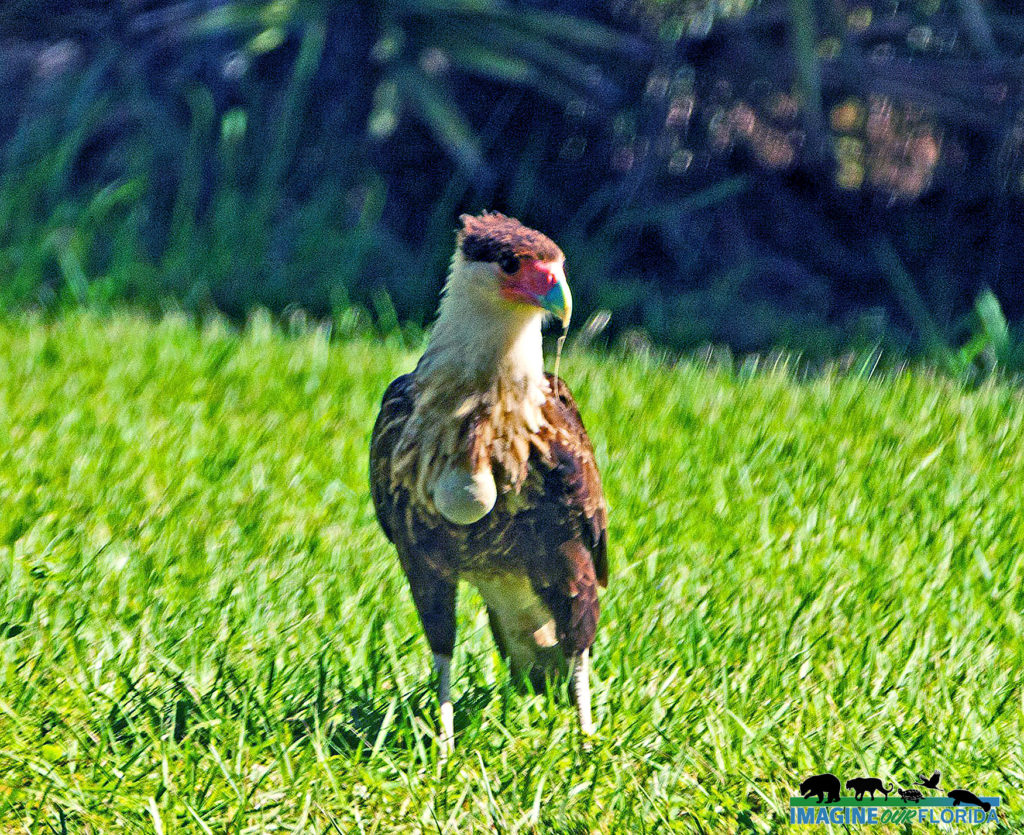
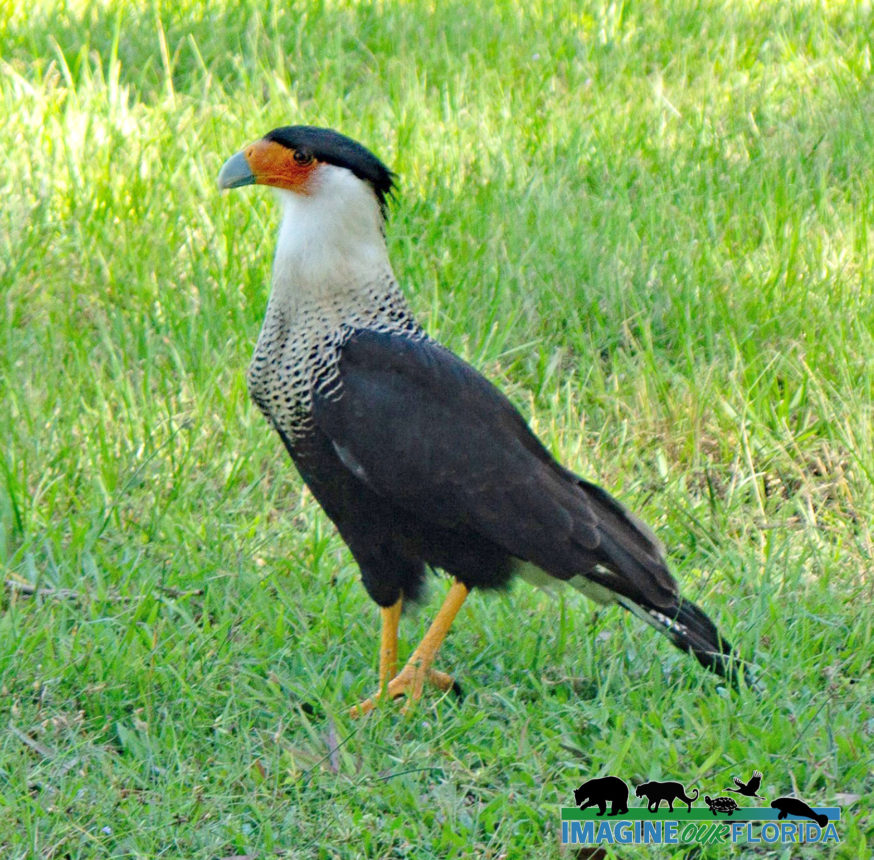


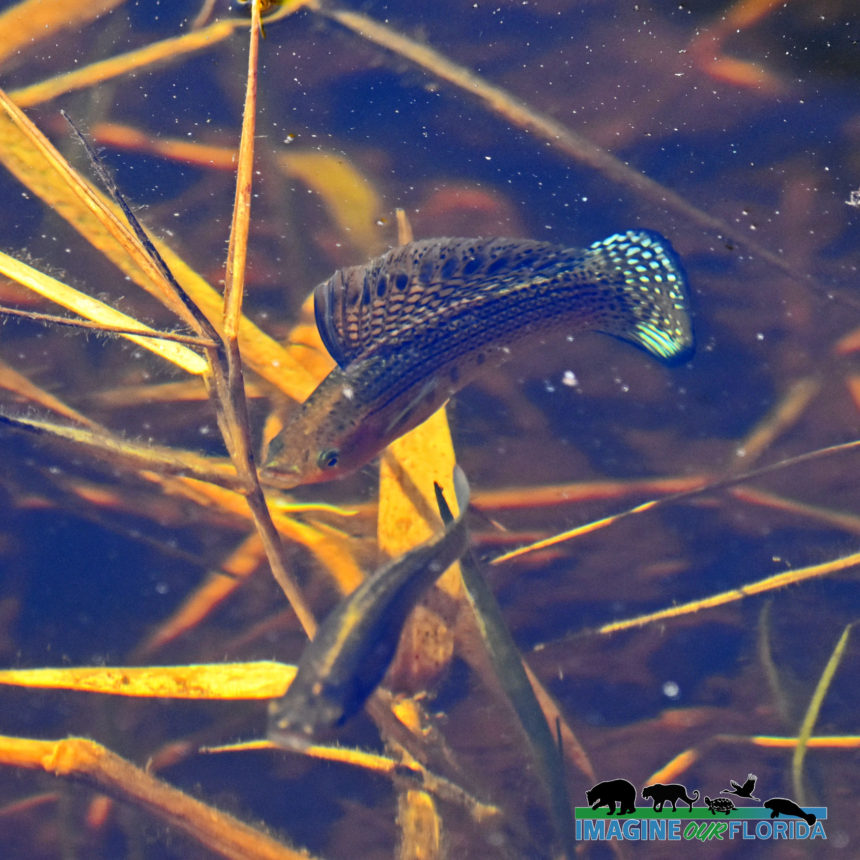



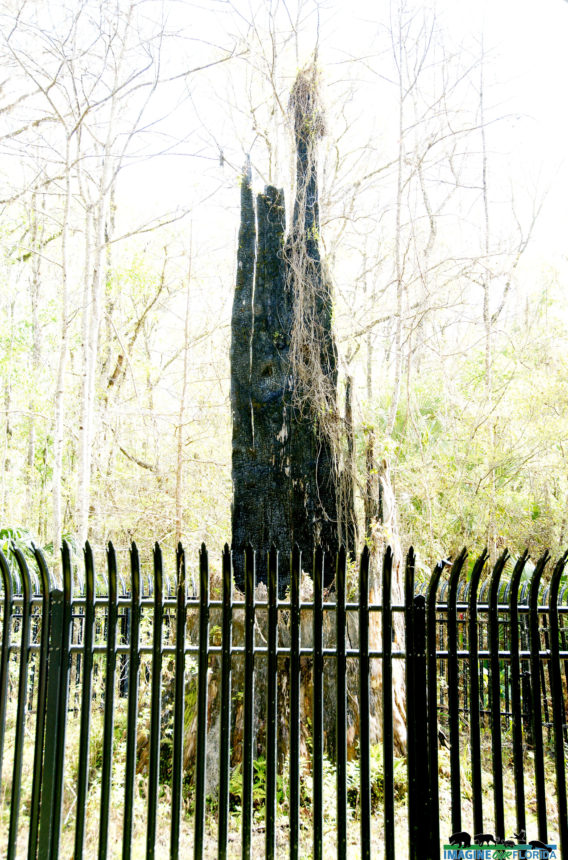






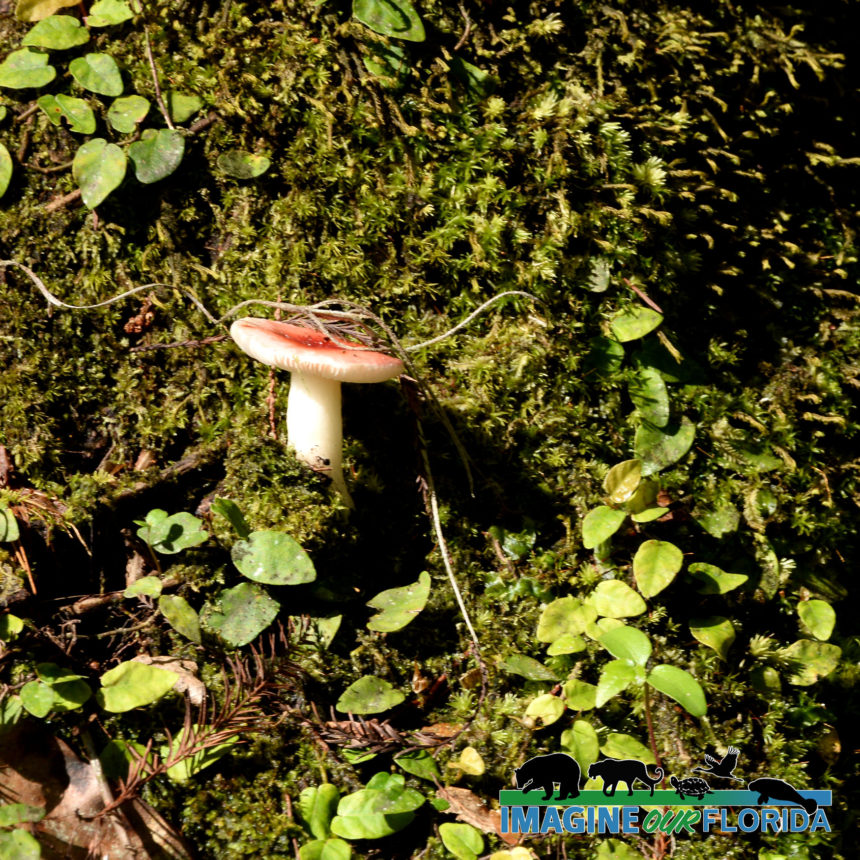



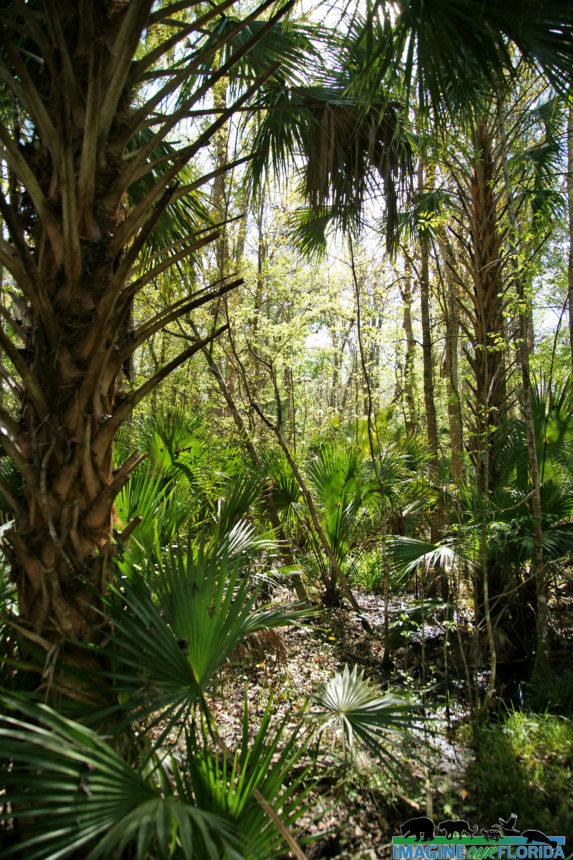


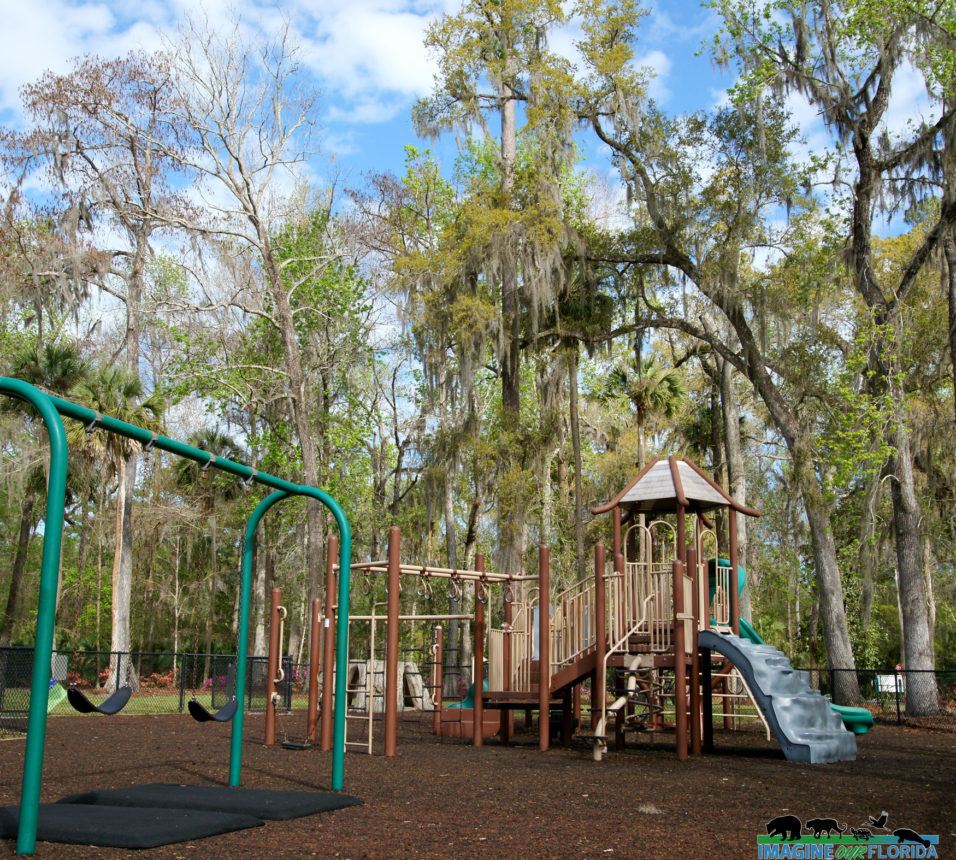
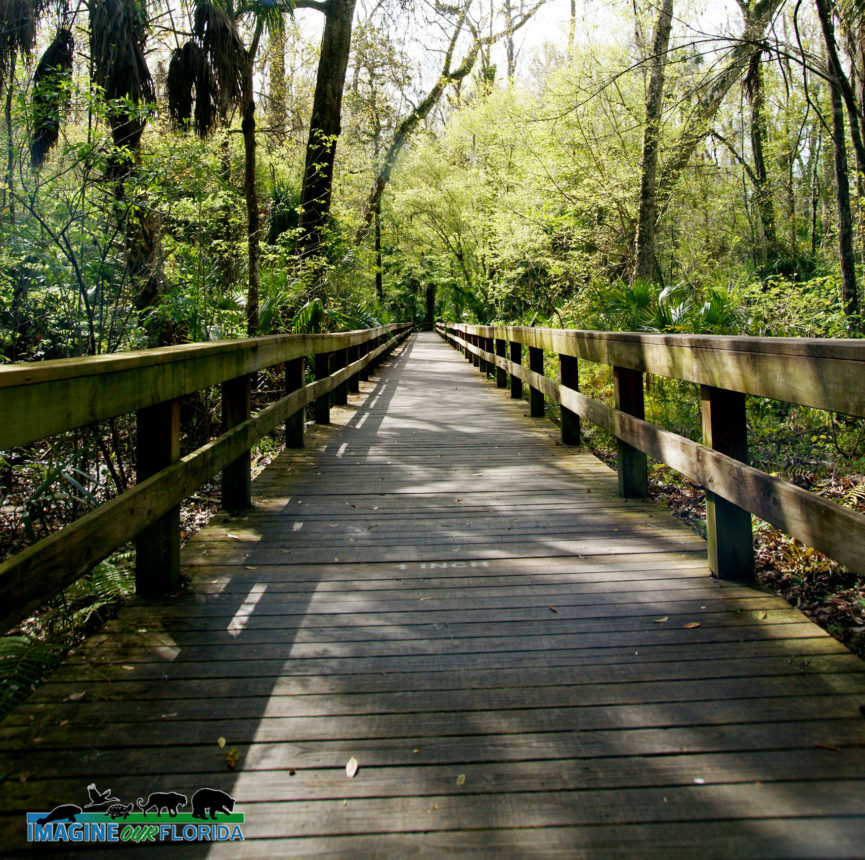

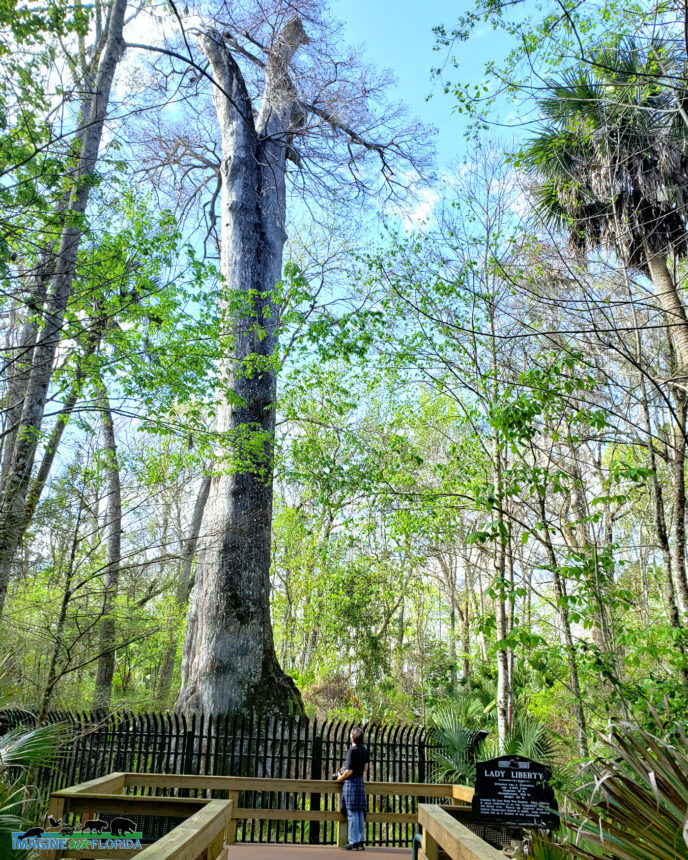

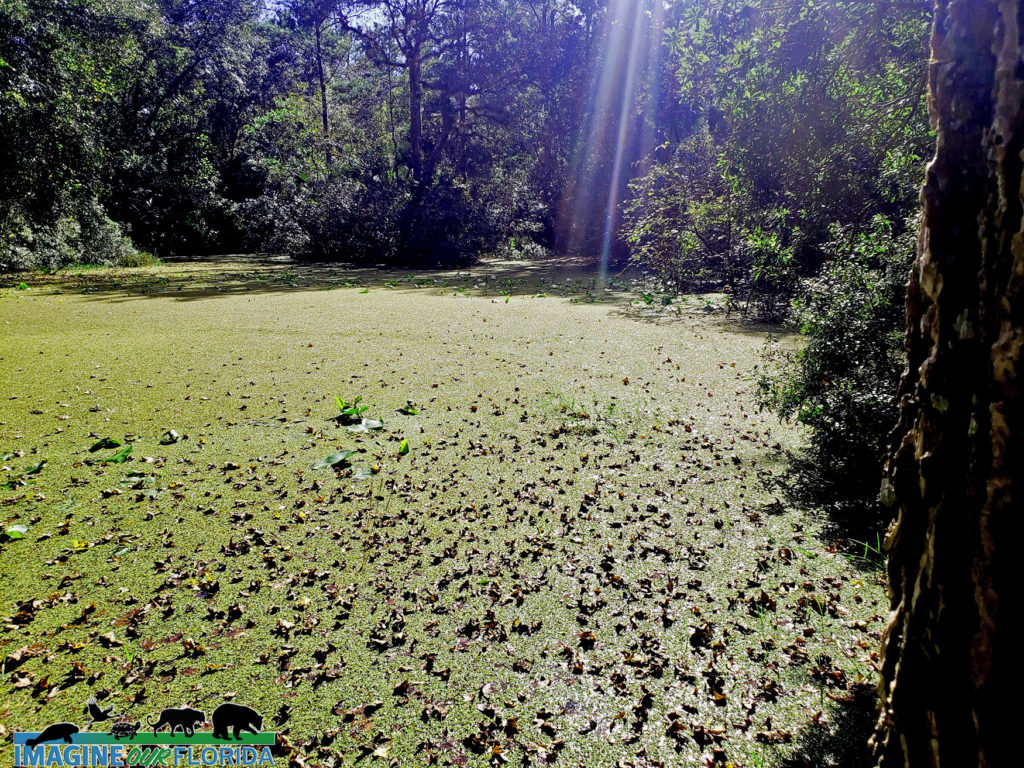

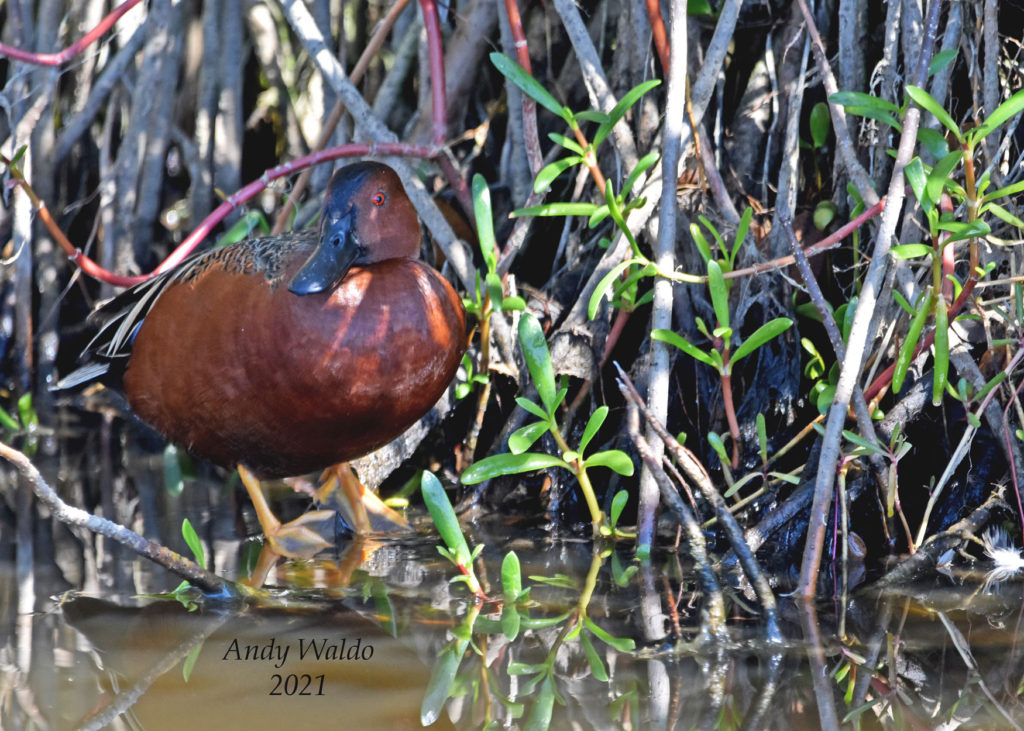























Recent Comments